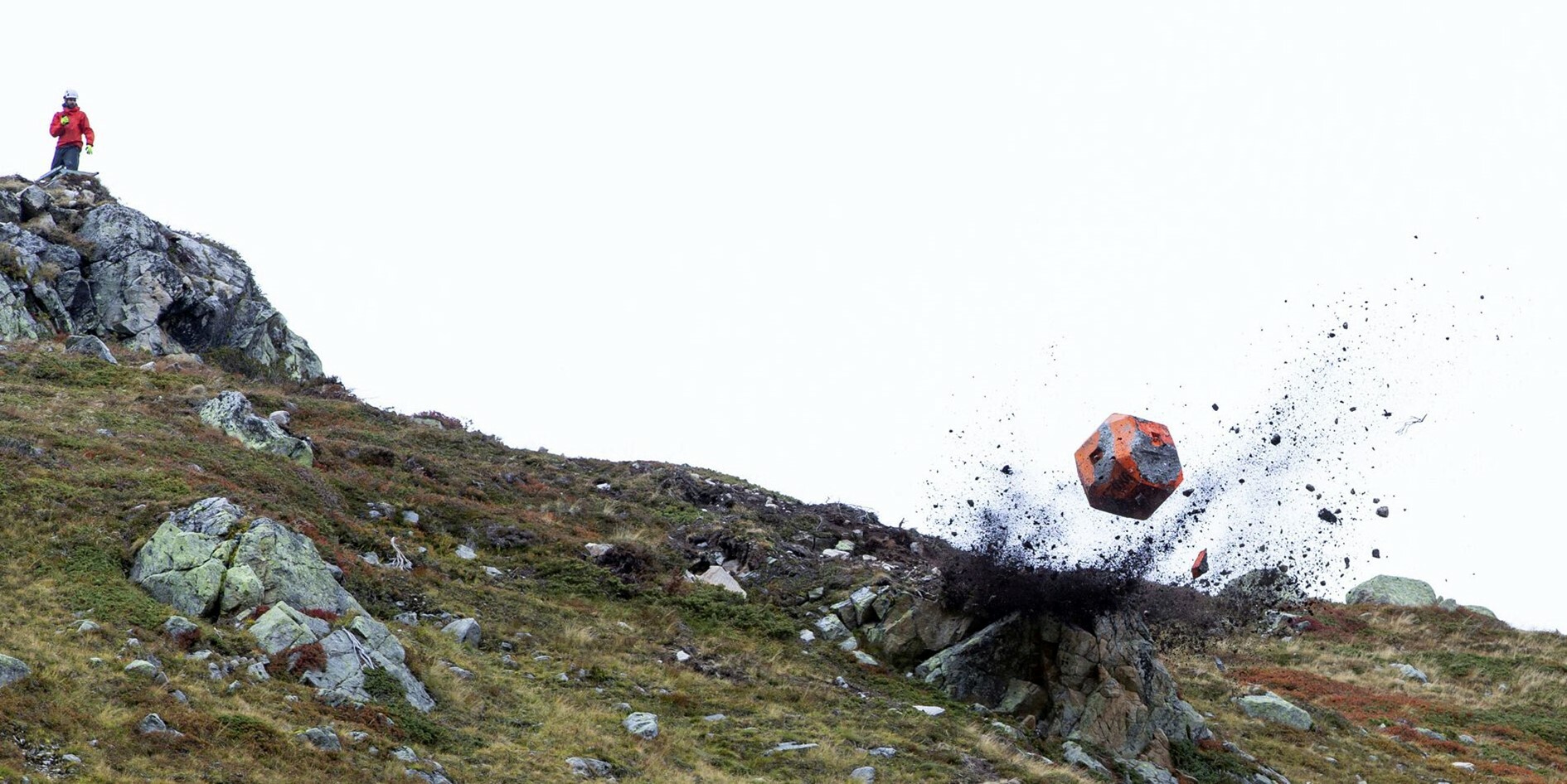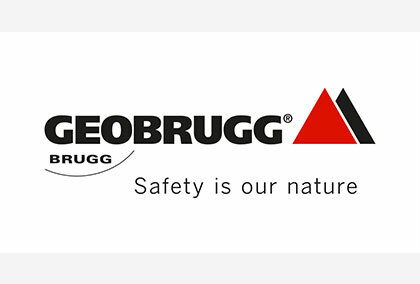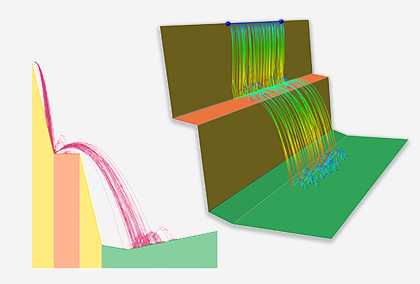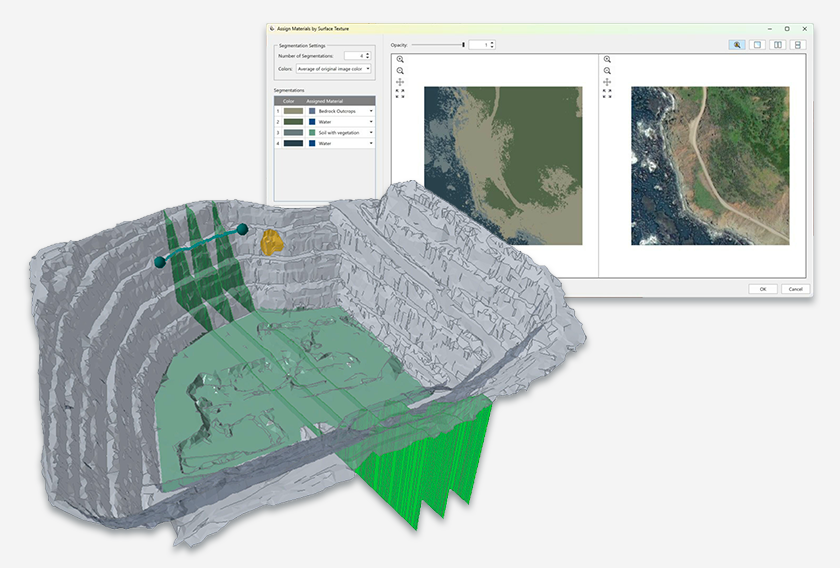Geobrugg: Taking into account the variability of rockfall and the third dimension in rockfall barrier design

Safety is our nature - true to this guiding principle, we have been developing and manufacturing protection solutions since 1951. High-tensile steel wire nets and matching services monitor and protect against natural hazards such as rockfall, landslides, debris flows, avalanches or coastal erosion. They ensure safety in mining and tunnelling and on motorsports tracks, in industry and test facilities. With experience, a spirit of research, continuous internal training, and close cooperation with research institutes, we drive innovation and industry standards. More than 350 specialists work for Geobrugg worldwide. Production facilities on all continents as well as a presence in over 50 countries stand for proximity to the customer and rapid project implementation - from requirements analysis to acceptance. Geobrugg, headquartered in Romanshorn, Switzerland, is an independent company within the BRUGG GROUP. Visit us here: https://www.youtube.com/watch?v=Q9ClhyYF4vk
The results of a recently completed research project, the Innonet project: understanding the capacity of flexible protection systems against rockfall in natural terrain will be presented at RIC2023.
In the last 30 years, flexible rockfall barriers made of steel wire nets have become established worldwide as a protective solution. To ensure high quality a European approval and conformity verification procedure for rockfall protection nets, was introduced in 2008 and corresponds now to the European Assessment Document EAD 340059-00-0106. It includes proof of functional suitability through standardized 1:1 field tests. The specification, however, of realistic service loads for flexible rockfall barriers is an ongoing concern in rockfall engineering. The question arises whether the standardized drop tests, which do not consider block rotations or other impact locations, represent well loads encountered by barriers in real terrain. Additionally, the transition from 2D to 3D rockfall simulations is also of interest in designing the length of rockfall barriers depending on the lateral spread of different rock shapes.
In 2019, an Innosuisse-sponsored 3-year research project was granted to the WSL Institute for Snow and Avalanche Research SLF, together with the industry partner Geobrugg, for testing fully instrumented rockfall barriers. The experiments took place in natural terrain in the Swiss Alps, aiming at finding improvements to the capacity of a rockfall barrier outside of the certification standards and defining substitute loads for the equivalent vertical drop tests at the Swiss Walenstadt testing facility. Here are some impressions of the testing: https://www.youtube.com/watch?v=kVNkt7WUD6I



